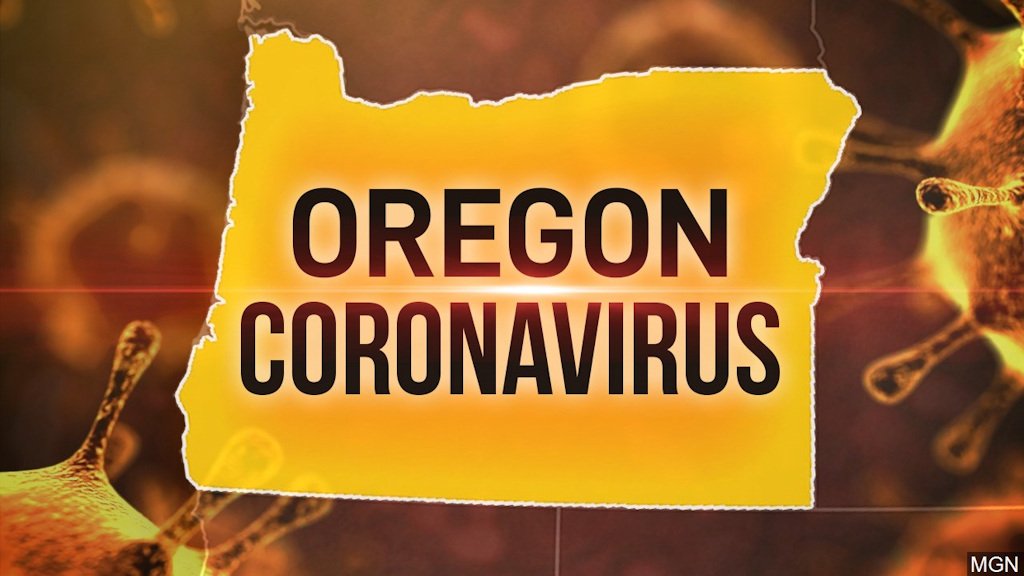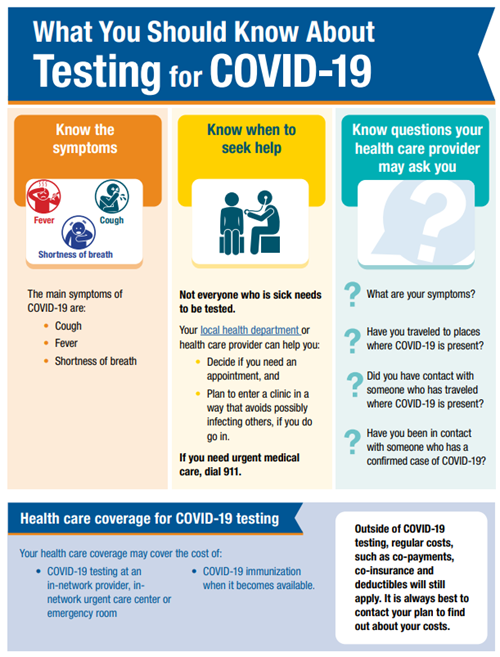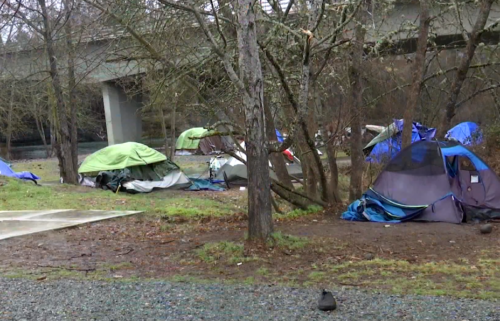Oregon COVID-19 update: Care facility visitor limits, testing details

SALEM, Ore. (KTVZ) -- In consultation with the Oregon Health Authority, the Oregon Department of Human Services said Tuesday it is using the authority of Gov. Brown’s emergency order to issue a policy to limit exposure to COVID-19 at long-term care facilities.
DHS said it was taking the action to protect older adults, Oregonians who are at greater risk of the most severe outcomes of this disease.
“Oregonians in our nursing homes are particularly vulnerable to this disease,” said OHA director Patrick Allen. “We are working in close partnership with long-term care facilities and asking families, friends, and others who work in and visit these facilities to help us protect the health and safety of our parents, grandparents and other loved ones.”
The guidance directs nursing, assisted living and residential care facilities, including those providing memory care, to:
- Restrict visitation to only essential individuals;
- Limit essential visitors to two per resident at a given time;
- Screen all permitted visitors for respiratory or other symptoms potentially indicating COVID-19 and for recent travel to an affected geographic area or high-risk setting prior to entering the facilities;
- Document the screenings for all visitors;
- Limit community outings; and
- Support residents’ access to socialization when visitors are not able to enter the facility through virtual visits.
"We are committed to working with long-term care providers on prevention and preparedness to help mitigate the spread of COVID-19," said DHS Director Fariborz Pakseresht. “The new visitation restrictions are an additional preventative step we can take to protect older adults and Oregonians with underlying chronic medical conditions, and people who are immunocompromised, who are most at risk. We realize the hardship these restrictions may cause for residents and family members, and appreciate everyone’s partnership in protecting this vulnerable population.”
Oregon Health Care Association (OHCA) supports the guidance and recommendations for long-term care providers issued today by the Department of Human Services and the Oregon Health Authority, said Linda Kirschbaum, SVP of Quality Services at the OHCA. “Long-term care providers are doing everything they can to stop the virus from entering their communities. Limiting the number of people moving through communities is a critical part of those precautions. Since the first case was confirmed in the U.S., long-term care providers have been following their state-approved emergency preparedness and infection prevention plans and protocols to limit risk and exposure to residents in their communities. Screening visitors has been a part of these protocols from day one.”
OHA continues to recommend that older adults and people with underlying conditions take the following steps to stay safe and healthy:
- Minimize contact with people who may be ill.
- Avoid large public gatherings.
- Order prescriptions by mail.
- Take daily precautions:
- wash your hands frequently,
- don’t touch anywhere on your face, and
- clean surfaces.
For more information:
World Health Organization (WHO) COVID-19 page
Testing update:
Testing for COVID-19 is available through the Oregon State Public Health Laboratory and a growing number of commercial labs. In addition, we expect hospitals around the state to begin conducting their own testing soon. As more testing is done, we expect to find more cases in the community.
Since the outbreak of COVID-19 began, OHA has relied on CDC guidance regarding whom to test for the virus. At this time, CDC advises that individuals who may be tested include, among others, those who have fever, cough and difficulty breathing and who have:
- traveled to certain affected regions outside the US,
- had close contact with someone diagnosed as having COVID-19, or
- been hospitalized, had evidence of viral pneumonia and a negative influenza test.
The OSPHL has enough tests for community members who meet the established criteria for testing. In addition to the OSPHL, commercial lab testing is becoming more widely available. Community members who don’t meet the established criteria (and therefore don’t require public health authorization or approval for COVID-19 testing), can call their healthcare provider for evaluation and consideration of testing through commercial labs (at their provider’s discretion). OSPHL will continue to prioritize testing for at-risk patients using the above epidemiologic and clinical criteria.
If it is determined that you need testing, your health care coverage may cover the cost of COVID-19 testing at an in-network provider, in-network urgent care center or emergency room. In addition, many insurance companies have agreed to waive co-payments, co-insurance, and deductibles for their customers who need COVID-19 testing. More information is available through the Department of Consumer and Business Services.
Testing typically involves a nose swab, throat swab and collection of a spit sample with mucus. The timeline for receiving test results varies.




